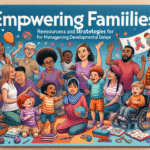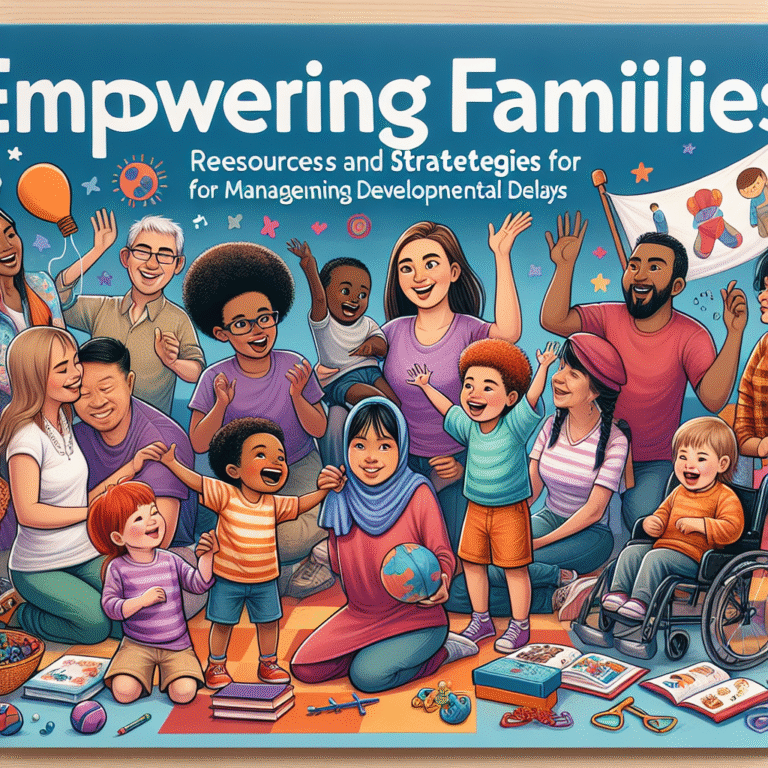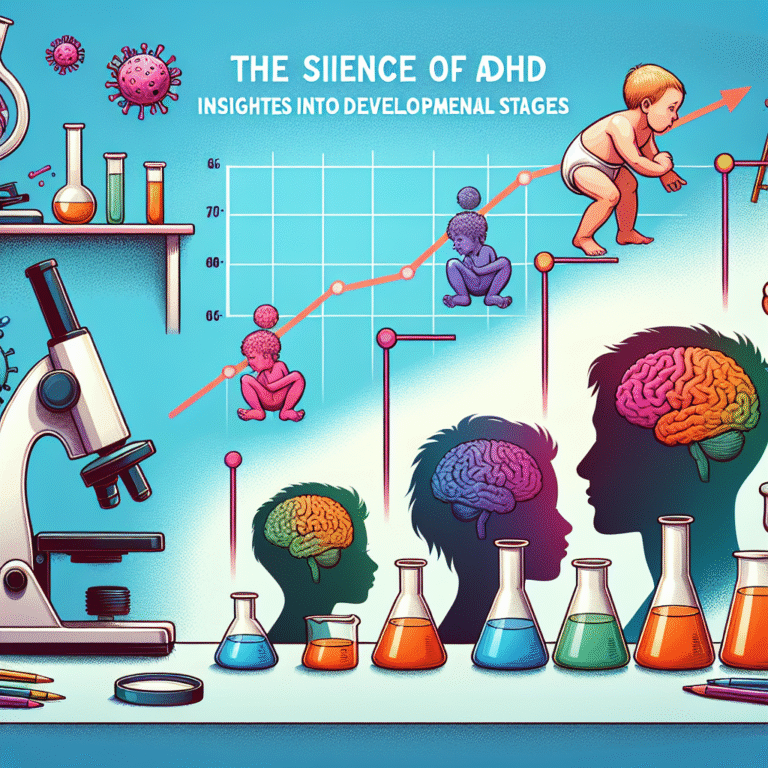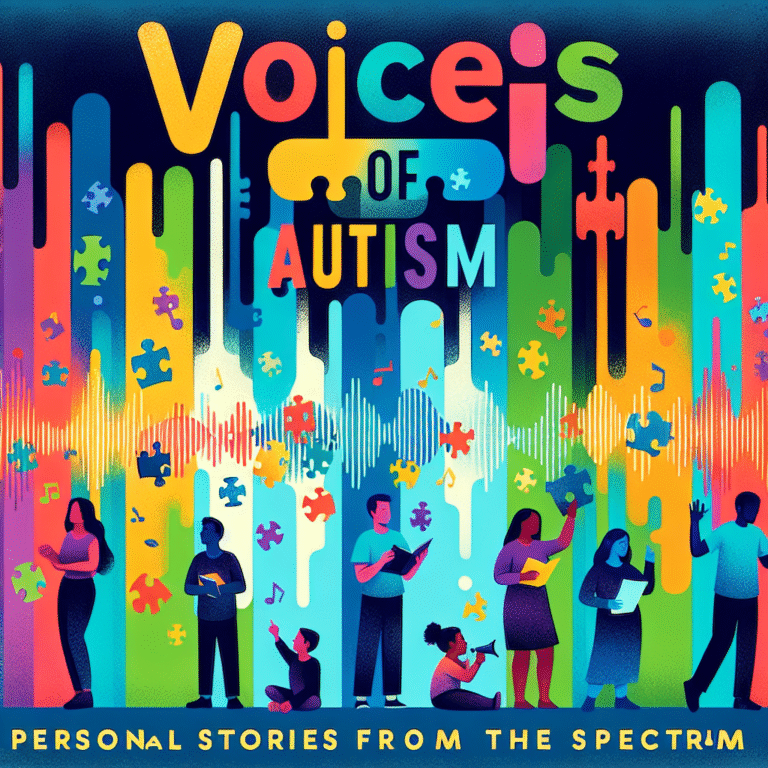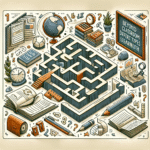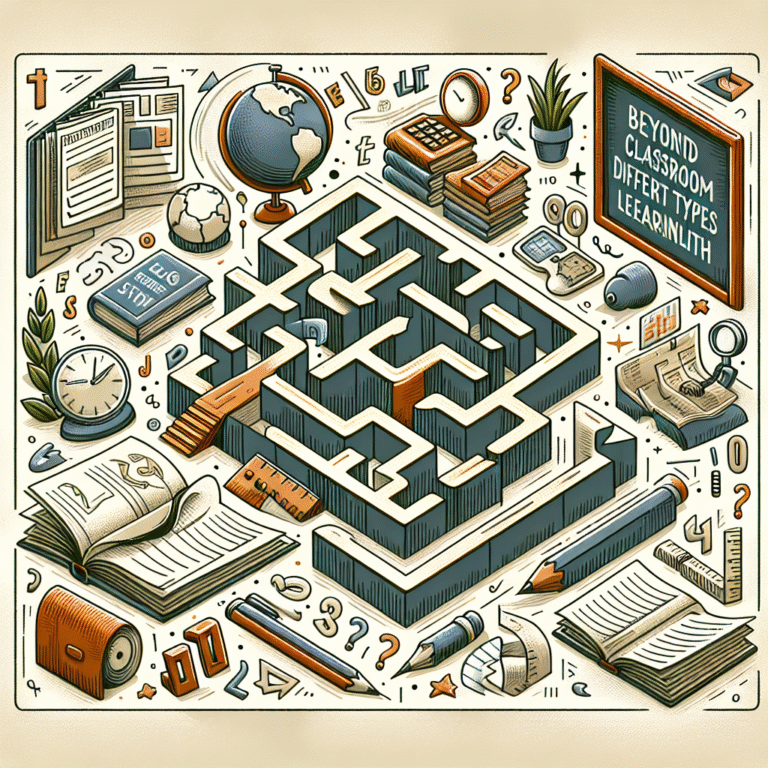
Introduction
In a world characterized by rapid changes, heightened stress, and fleeting interactions, fostering secure attachment in our relationships is more crucial than ever. Whether it’s with romantic partners, family, friends, or colleagues, the quality of our connections directly impacts our emotional and mental well-being. Imagine a life where you experience deep trust, intimacy, and resilience in your relationships—that’s the power of nurturing secure attachment.
But what does it truly mean to cultivate such a bond, and how can we achieve it? In this article, we’ll explore Nurturing Secure Attachment: Key Strategies for Stronger Relationships, providing valuable insights, real-world case studies, and actionable techniques to enhance your connections.
Understanding Secure Attachment
To nurturing secure attachment, it’s essential first to understand what it is. Secure attachment stems from early childhood interactions and forms the basis for our relational habits as adults. Individuals with secure attachment styles tend to be confident, emotionally intelligent, and capable of balancing intimacy and independence.
The Four Attachment Styles
- Secure: Comfortable with closeness and interdependence.
- Anxious: Preoccupied with relationships and sensitive to partner responsiveness.
- Avoidant: Tends to distance themselves emotionally and struggles with intimacy.
- Disorganized: Exhibits a mix of anxious and avoidant behaviors, often due to trauma.
Table 1: Comparison of Attachment Styles
| Attachment Style | Characteristics | Relationship Impact |
|---|---|---|
| Secure | Trusting, open communication | Healthy, stable |
| Anxious | Clingy, overly sensitive | Unstable, anxiety-inducing |
| Avoidant | Dismissive, emotionally distant | Lacks intimacy |
| Disorganized | Erratic behavior, fear of intimacy | Chaotic, unpredictable |
Understanding which attachment style you or your partner exhibit can greatly enhance your strategy for Nurturing Secure Attachment: Key Strategies for Stronger Relationships.
Strategies for Nurturing Secure Attachment
1. Foster Open Communication
Case Study: Sarah and John have been together for three years. Sarah often felt anxious when John didn’t text back quickly. After realizing the importance of open communication, they established a rule to discuss their needs and expectations each week. Within weeks, anxiety decreased, and mutual understanding flourished.
Strategy Insight: Communicate regularly and truthfully about feelings, needs, and expectations. Open discussions about your emotional landscape enhance connection and predictability in relationships.
2. Build Trust with Consistency
Case Study: Lisa often found it challenging to trust her partner Mark due to his generally unpredictable schedule. They created a shared calendar to manage their commitments and availability better. Over time, knowing when they’ll be together built a dependable pattern that strengthened their bond.
Strategy Insight: Reliability fosters trust. Create routines or rituals where you consistently engage with your partner, whether it’s date nights, weekend check-ins, or family meals.
3. Prioritize Quality Time
Case Study: Emily and Ahmed struggled with work-life balance. They decided to set aside designated "us time" every Saturday afternoon. This time was sacred and focused solely on each other, devoid of distractions.
Strategy Insight: The quality of time is often more important than quantity. Engage in activities that nurture emotional intimacy, such as cooking together, taking walks, or simply sitting and talking about your week.
4. Express Affection Generously
Case Study: Peter realized he rarely expressed affection to his wife, Nia. After attending a workshop about love languages, he started leaving her little notes, sending random texts, and giving more hugs. Nia felt valued and loved, which deepened their connection.
Strategy Insight: Everyone has different ways of giving and receiving love. Identify yours and your partner’s love languages and express affection in ways meaningful to one another.
5. Manage Conflict Positively
Case Study: In a tumultuous phase, Rachel and Tom frequently argued over minor issues. They adopted a "time out" strategy during conflicts, allowing them to cool down before discussing issues. This led to more constructive conversations and solutions.
Strategy Insight: Dealing with conflicts is inevitable. However, approaching disagreements with a calm demeanor and a problem-solving attitude fosters stronger emotional bonds.
6. Encourage Independence
Case Study: Sarah felt her relationship was too enmeshed, leading to feelings of suffocation. With her partner’s support, she pursued personal interests and friendships outside of their coupledom. This initiative brought a refreshing balance to their relationship.
Strategy Insight: While nurturing attachment is essential, it’s equally important to encourage independence. Celebrate each other’s hobbies, friendships, and aspirations outside the relationship.
7. Validate Each Other’s Emotions
Case Study: Jason often dismissed his partner Anna’s feelings, believing it would help her cope. After realizing his approach led to emotional distance, he learned to validate her feelings. By saying, "I understand that you’re upset," their emotional connection improved significantly.
Strategy Insight: Validation doesn’t mean you must agree with every feeling; it means acknowledging them as legitimate. This act fosters emotional safety and encourages sharing.
8. Seek Professional Guidance
Case Study: After facing ongoing conflicts, Mia and Eric decided to attend couples therapy. With the help of a professional, they discovered underlying attachment issues affecting their relationship. The tools gained through therapy transformed their dynamic.
Strategy Insight: Seeking help from a therapist can shed light on unresolved issues and provide tailored strategies for nurturing secure attachment.
9. Create Shared Goals
Case Study: Jamie and Ellis felt disconnected and decided to create shared goals, from planning a vacation to starting a new hobby together. Working toward common aims rekindled excitement and cooperation in their relationship.
Strategy Insight: Building a future together creates a sense of partnership and direction. Whether small or large, shared goals unite and motivate relationships.
Conclusion
Nurturing secure attachment is paramount in establishing deeper, more satisfying relationships. With empathy, communication, and consistent effort, you can foster stronger feelings of security and connection. Remember, relationships are living entities—they require nurturing, maintenance, and care. By implementing these strategies, you can chart a course toward healthier, happier relationships.
The journey of Nurturing Secure Attachment: Key Strategies for Stronger Relationships begins with a single step. As you forge deeper bonds with those around you, you’ll find not only richer connections but also a profound growth in your emotional landscape.
FAQs
1. What are the signs of secure attachment?
Securely attached individuals are comfortable with intimacy, trust their partners, communicate openly, and handle conflicts constructively.
2. How can I identify my attachment style?
Reflect on your relationships’ patterns, especially regarding intimacy, dependency, and conflict management. Many online quizzes can help identify your attachment style.
3. Is it too late to change my attachment style?
No, with effort and practice, individuals can work on their attachment styles and cultivate more secure behaviors through therapy and self-awareness.
4. Can parenting style affect attachment?
Absolutely. Parenting styles that emphasize warmth, consistency, and responsiveness tend to foster secure attachment in children.
5. How can I support a partner with an insecure attachment style?
Encourage open communication, validate their feelings, and foster consistency in your actions to help build trust and security in the relationship.
In closing, let’s embrace the journey of nurturing secure attachment as an opportunity not just for strong relationships but personal growth and fulfillment. Together, let’s pave the way for love, trust, and happiness.


